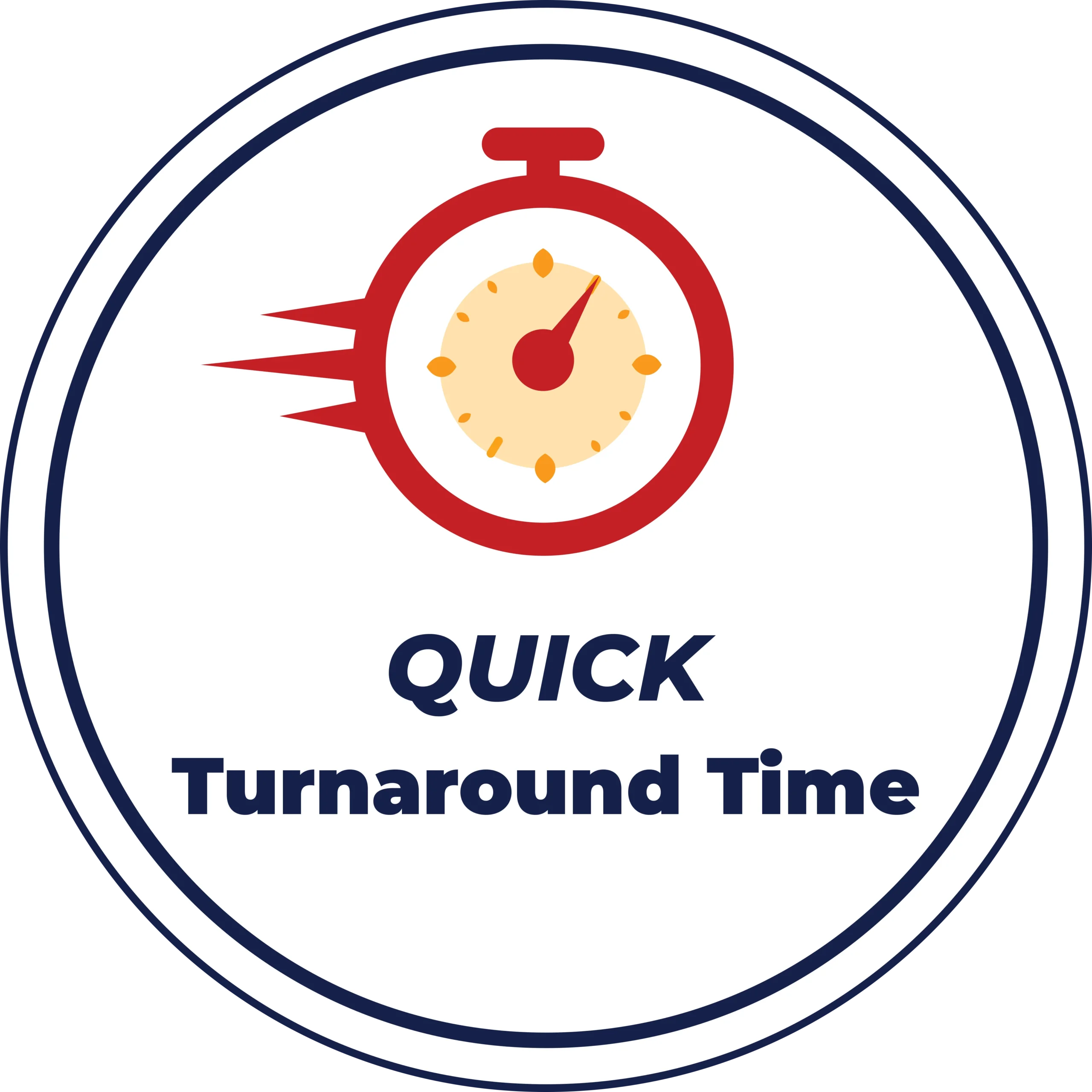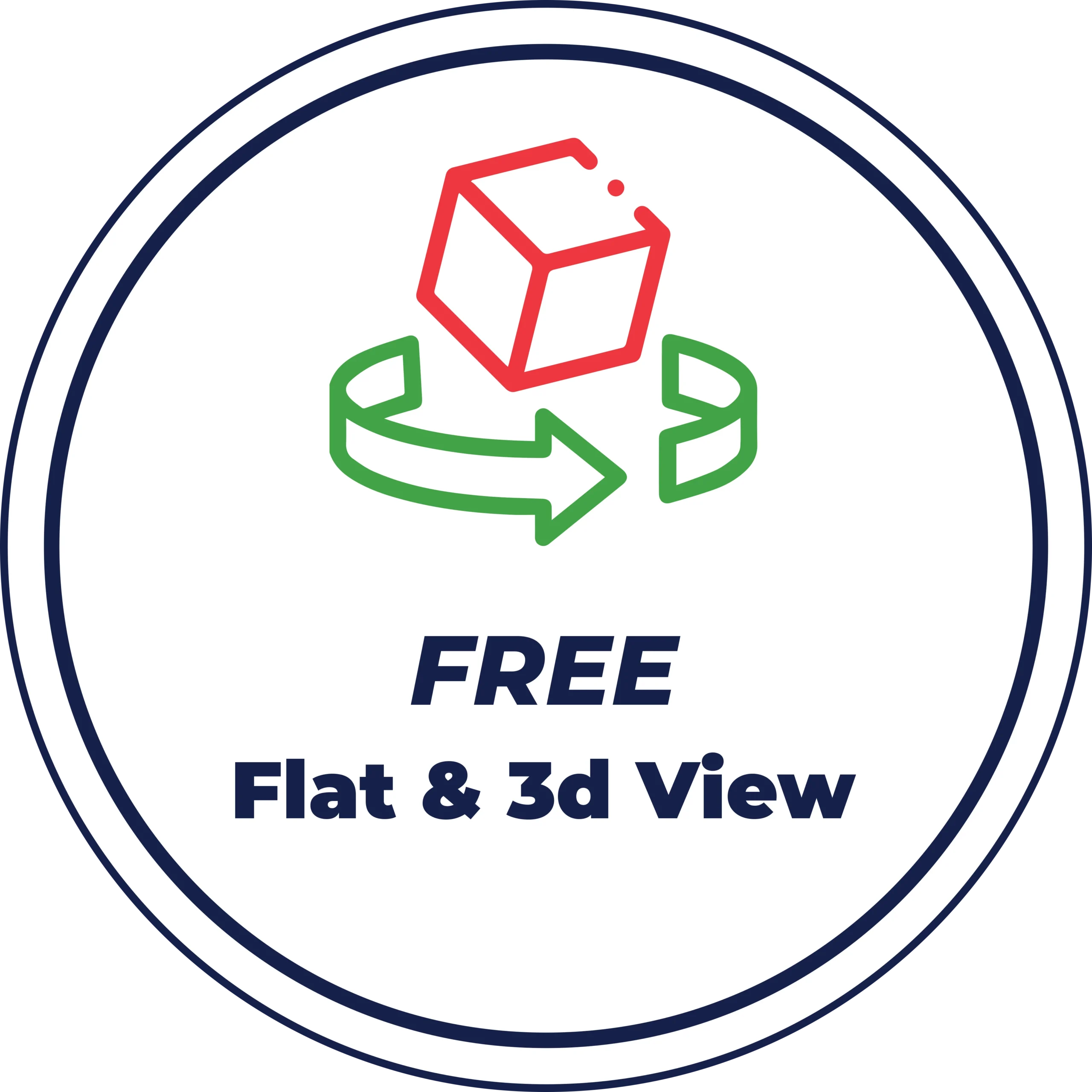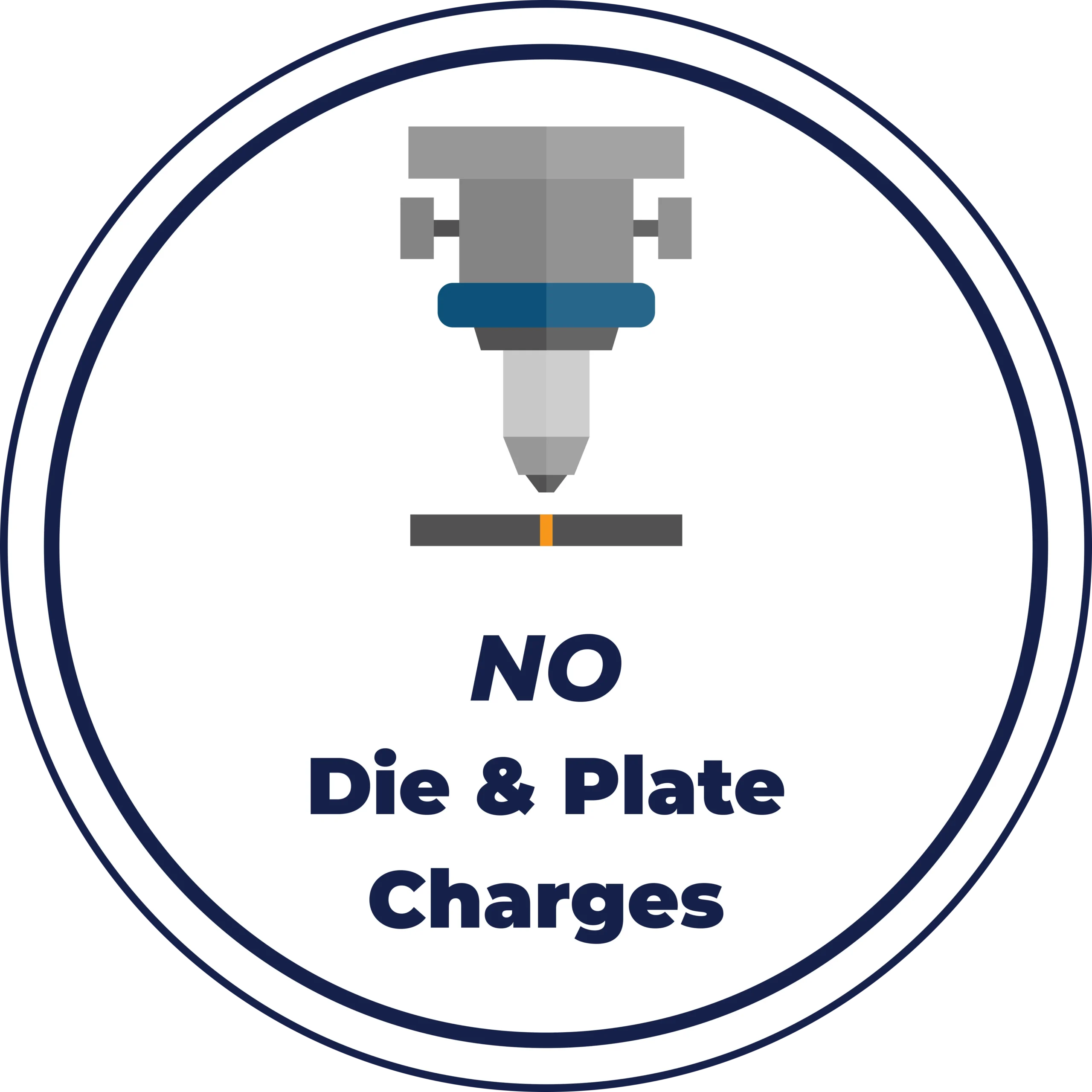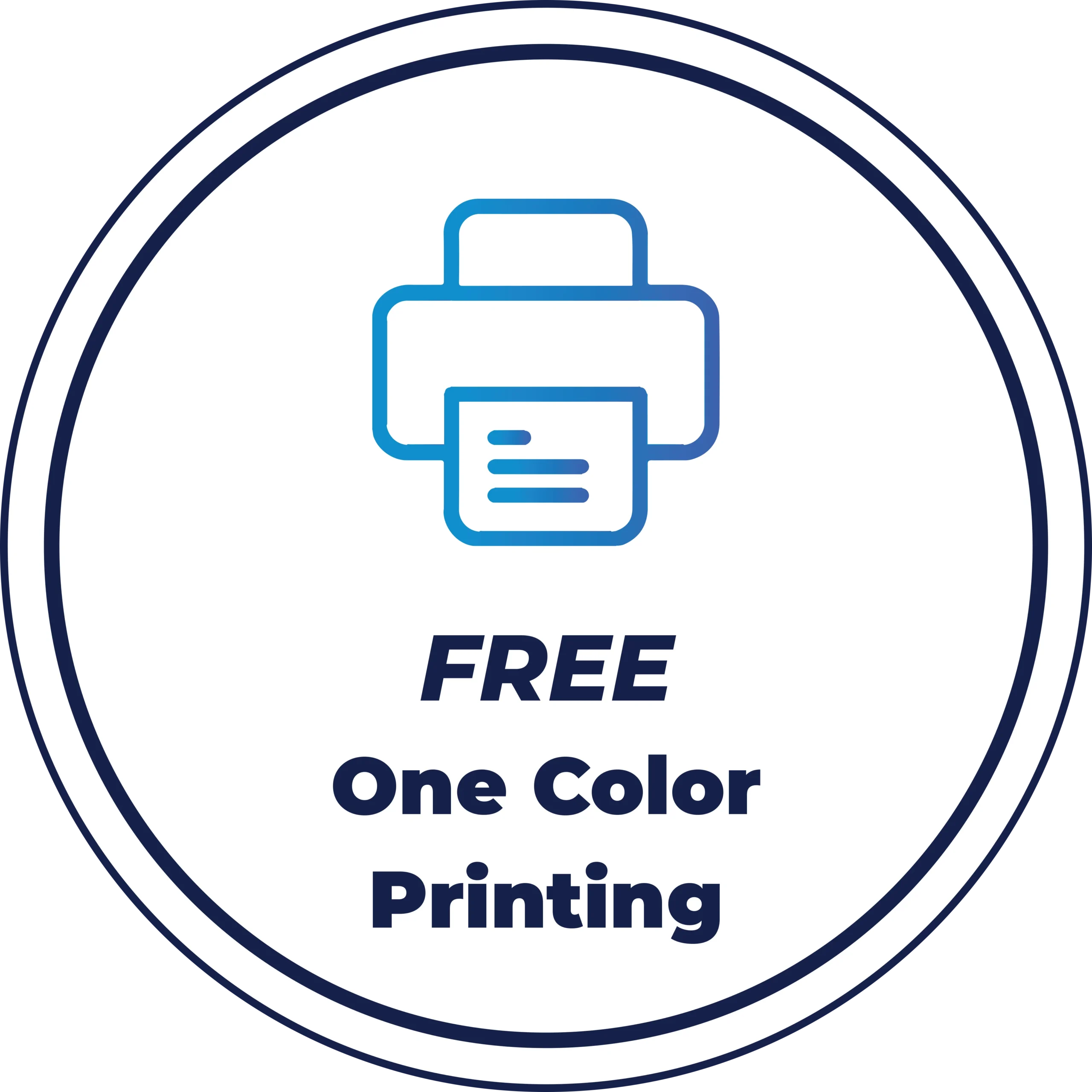A bakery cannot maintain freshness of different baked goods or protect from external factors such as temperature fluctuations and moisture without proper packaging. Similarly, a cosmetic product can be damaged if shipped without proper packaging that can affect the customer experience and resulting in product decline. Therefore, packaging options such as bakery boxes, cosmetic packaging, corrugated boxes, and plastic films have become value assets for businesses.
What does packaging mean? Industry experts define packaging as a protective tool and branding tool to secure products while promoting business to enhance the positive environmental impact and customer experience. Therefore, packaging has an immense role in the success of a business by maintaining products in their pristine condition.
Packaging is the process of enclosing products using materials that protect, contain, and present them for storage, distribution, and sale. It involves careful design and material selection to ensure products remain secure and intact throughout their journey from manufacturer to consumer.
In addition to its practical use, packaging also supports communication by carrying product details, branding, and regulatory information. It acts as the first point of contact between the product and the customer, making it a foundational element in the overall product experience.
Packaging has become essential because it is ideal for different functions beyond just containing the products. It enables businesses to make a positive first impression while building a strong brand identity and offering the safe shipping of products. The demand for packaging has been boosted over time due to a boom in the e-commerce sector and differentiated products using elegant packaging.
The appealing features of packaging for your brand and products are mentioned below:
Packaging is essential for product protection, branding, and logistics. It includes primary, secondary, and tertiary packaging, each serving a unique purpose. For a detailed guide, explore our article: Types of Packaging
Consumer packaging has direct contact with products, enabling customers to identify products. This packaging emphasizes appearance and utility. The objective of packaging is the identification, consumption, differentiation, and protection of finished items from tampering and contamination while differentiating your products with aesthetic elements.
Examples of primary packaging are below:
Secondary packaging forms over the primary packaging become invisible to customers. This packaging houses smaller items into a single packaging and ensures efficient inventory management. The main objective of the secondary packaging is group and hold different products for the point of sale.
Examples of secondary packaging are mentioned below:
Tertiary packaging is a shipping or bulk packaging ideal for grouping a larger quantity of specific products to transit from one place to another. The core purpose of the packaging is to ensure the easiest transportation of larger quantities or heavier products while ensuring easy handling and storage.
Examples of tertiary packaging are mentioned below:
The categories of packaging materials allow you to choose ideal material depending on the customer experience, environmental consideration, and product’s requirements.
Eco-friendly and lightweight materials offer customization and recyclability for businesses looking for sustainable packaging solutions. Cost-effective and printed packaging solutions allow you to manage your finances easily while reinforcing brand identity. However, cardboard and paper are not waterproof and can also be prone to damage in damp conditions.
A non-toxic and recyclable packaging option ensures a premium feel for products. However, glass is a breakable and fragile packaging material. It is also expensive and heavy to transport different products.
A lightweight and durable packaging material comes with versatile design options to make your brand distinctive in the market. You can consider cost-effective packaging to store and ship your products. However, it is a non-biodegradable material and can leach chemicals in specific conditions.
A durable and strong material to preserve freshness, especially for food products. This recyclable material allows you to reuse the packaging easily. However, it is a heavy and expensive packaging option.
What is the purpose of packaging? The purpose of packaging is to secure products and enhance brand reputation. Packaging is a container that houses different products while ensuring their functional and aesthetic aspects. Packing is a technique of housing products inside a packaging to ensure protection during storage and transportation.
For a more in-depth understanding, explore our detailed blog on Packaging and Packing.
Packaging has an essential role in engaging potential customers by integrating aesthetics and functionality.
Different forms of package come with environmental impacts. For instance plastic pollution has become a main concern for businesses and customers. Studies show that significant plastic packaging ends up in the oceans or landfills. It is important to consider that non-biodegradable materials and their waste affect a sustainable environment. Therefore, plastic is included in examples of packages affecting the environment.
It has become necessary to use recyclable materials such as glass, cardboard, and kraft paper to ensure reusability. Minimalist packaging reduces waste. Reusable packaging options such as glass jars or mylar bags enable you to reuse them anytime.
Plant-based packaging made of bamboo or corn starch which are biodegradable materials and align with sustainability goals. We offer environmentally friendly packaging crafted from biodegradable and recyclable materials, helping businesses to minimize their carbon footprint.
Global governments implemented different policies aimed at minimizing packaging waste while ensuring environmental sustainability through the use of sustainable packaging options such as printed Kraft boxes.
Are you ready to create custom and sustainable packaging? Contact the professional packaging experts of The Box Zilla and enhance your brand’s identity in a market.









© The Box Zilla 2025 — All rights reserved